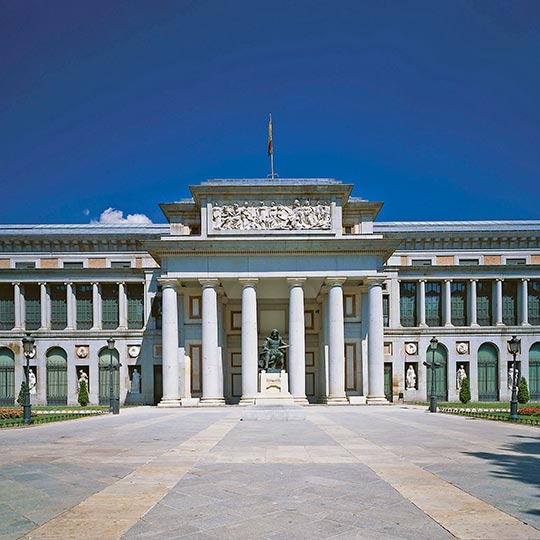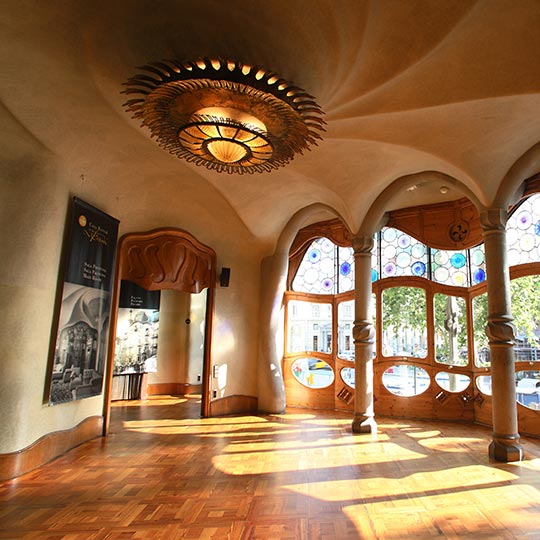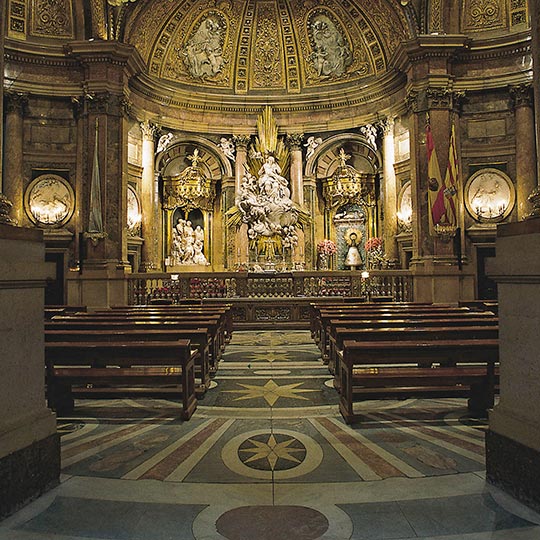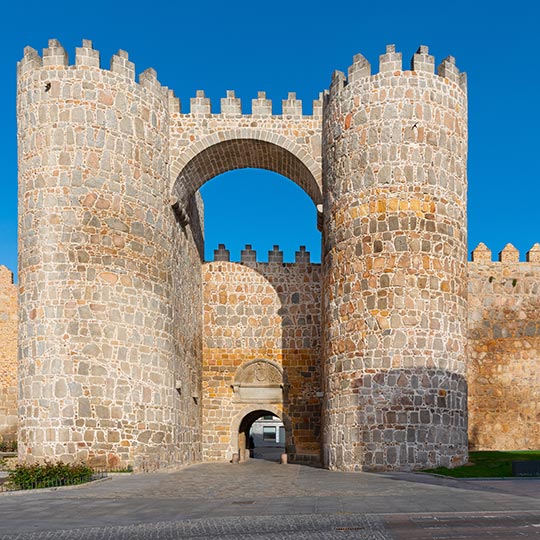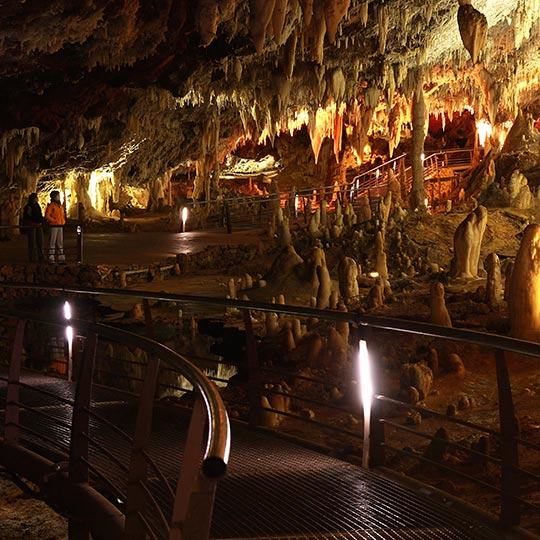Madrid through its adapted guided tours
Madrid’s culture is more accessible than ever. Guided tours adapted for disabled people are regularly organised. Visit Madrid's 'art triangle' in a wheelchair, without worrying about architectural barriers, go sightseeing or explore the district of Las Letras with voice-amplified guides, or experience the traditional Christmas celebrations to the full... all this is possible thanks to these special routes. If you wish to participate, simply sign up at the tourist office or by sending an email to turismo@esmadrid.com.Plus, major museums such as the Prado Museum and the Reina Sofía National Art Museum have accessible facilities. But if there is a museum that is fully designed for disabled people, this is the Typhlological Museum, in which visitors can feel models of great monuments with their own hands, such as the Royal Palace of Madrid, Alhambra of Granada or the Aqueduct of Segovia.
